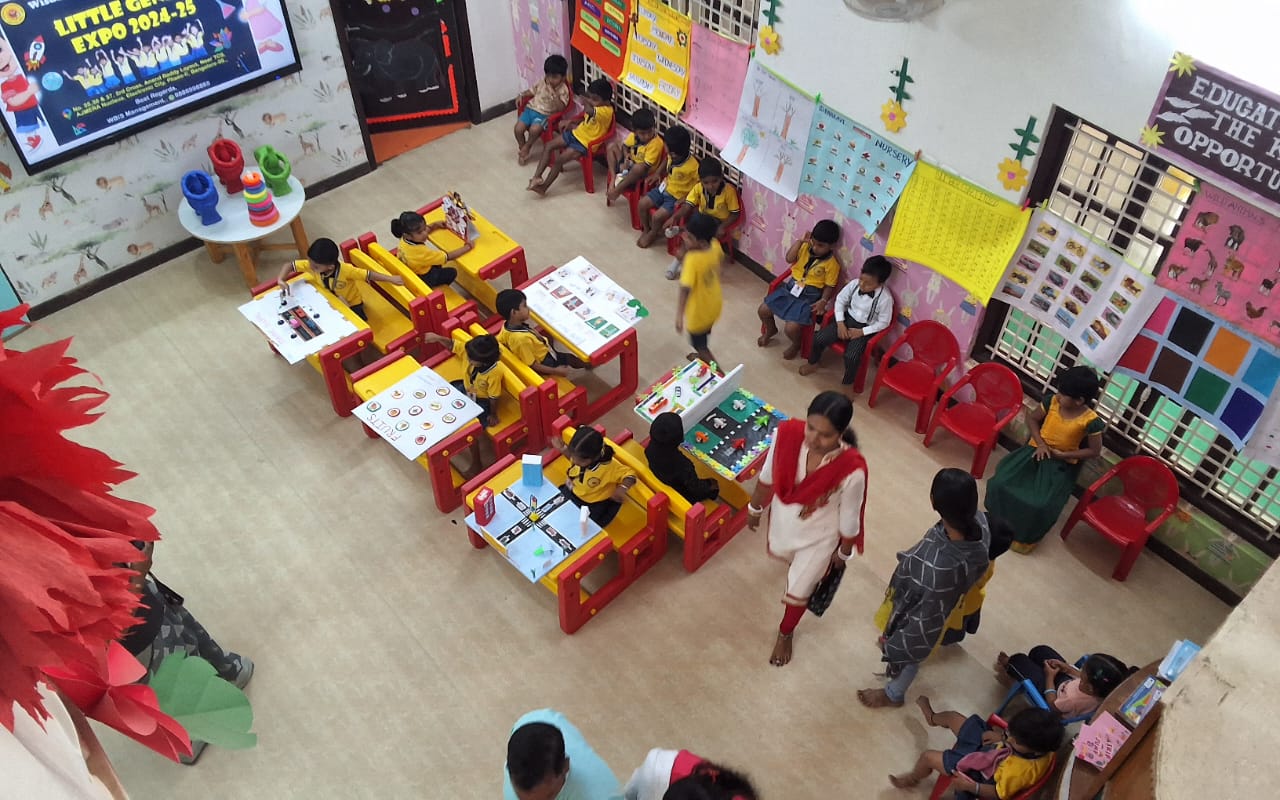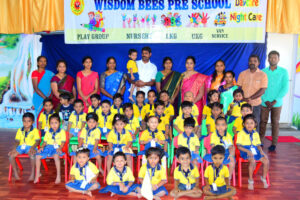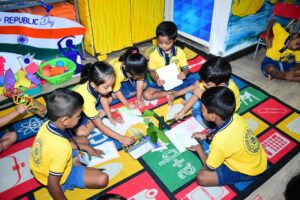
Why Creative Play Matters: Daycare Activities That Boost Brain Development
In the fast-paced world of early childhood education, the role of creative play in a child’s brain development cannot be overstated. Whether it’s painting with fingers, building with blocks, or role-playing in a pretend kitchen, creative play offers more than just fun—it lays the foundation for cognitive, emotional, and social growth. For parents exploring quality daycare or preschool services, understanding the value of these activities can guide better choices for their child’s future.
What is Creative Play?
Creative play refers to open-ended activities that allow children to express themselves freely. Unlike structured learning, creative play doesn’t follow a set of rules or outcomes. It includes activities like drawing, storytelling, dancing, singing, building, and imaginative role play. These activities stimulate various parts of a child’s brain and contribute to early childhood development in multiple ways.
How Daycare Centers Encourage Creative Play
Leading daycare centers and preschools recognize the value of creativity in fostering holistic growth. Many programs now incorporate specific daycare activities designed to boost brain development, problem-solving abilities, and emotional intelligence.
At a reputable early learning center, children are exposed to a mix of guided and free-play activities. These environments are designed to be safe, stimulating, and full of opportunities for exploration.
Key Benefits of Creative Play in Daycare Settings
1. Stimulates Brain Growth and Cognitive Development
Creative play promotes neural connections in the brain, particularly in the prefrontal cortex—the area responsible for decision-making, attention, and planning. Activities like puzzle-solving, story creation, and painting encourage brain plasticity and problem-solving skills. Preschool learning that incorporates creative tasks has been shown to improve memory, concentration, and language acquisition.
2. Encourages Language and Communication Skills
When children engage in pretend play, they often invent stories, assign roles, and communicate with peers or toys. This encourages vocabulary growth, sentence formation, and expressive skills. Many daycare programs now include language-rich activities like puppet shows, story time, and music sessions to nurture these abilities.
3. Boosts Social and Emotional Development
In a daycare environment, creative play often happens in groups, teaching children how to collaborate, take turns, and express feelings. These interactions foster empathy, self-regulation, and confidence, all essential for healthy social development. Teachers also play a crucial role in modeling positive behavior and guiding emotional responses.
4. Fosters Fine and Gross Motor Skills
Activities such as clay modeling, painting, cutting with safety scissors, and dancing help refine both fine motor skills and gross motor development. A quality preschool curriculum will incorporate daily tasks that enhance coordination and physical health through fun, hands-on learning.
5. Encourages Independence and Decision-Making
Through creative play, children learn to make choices, test outcomes, and take initiative. Whether deciding what color to paint the sky or which blocks to use for a tower, kids practice critical thinking and independent learning—skills that form the basis of lifelong learning.
Creative Daycare Activities That Support Brain Development
To help parents better understand what to look for in a childcare center, here are a few brain-boosting activities commonly included in top-notch daycare programs:
- Art Corners: Painting, drawing, and coloring to promote imagination and fine motor control.
- Music and Dance: Rhythmic activities that help with memory, pattern recognition, and self-expression.
- Storytelling and Puppet Shows: Encourages language development, active listening, and creativity.
- Sensory Bins: Hands-on exploration using different textures like sand, water, rice, or beads.
- Block Building and Lego Play: Teaches spatial awareness, logical thinking, and motor skills.
- Role-Playing Games: Imaginative scenarios (like playing doctor or shopkeeper) that improve communication and empathy.
Choosing the Right Preschool or Daycare
When selecting a daycare or preschool for your child, it’s important to ask about their approach to creative learning. Look for:
- Child-centered classrooms that encourage exploration.
- Certified educators trained in early childhood development.
- Daily schedules that balance structured learning with free play.
- Access to safe and age-appropriate learning materials.
At WPS, our preschool and daycare programs are built around the belief that creativity is the cornerstone of early development. Our curriculum is designed to nurture every aspect of a child’s growth—from brain development to emotional well-being—through hands-on, joyful experiences.
Final Thoughts
Creative play is not a luxury—it’s a necessity for building strong brains and happy hearts. As a parent, choosing a daycare or preschool that integrates creative activities into daily learning can make a lasting impact on your child’s development. It’s through play that children learn to think, connect, communicate, and thrive.




1 Comment